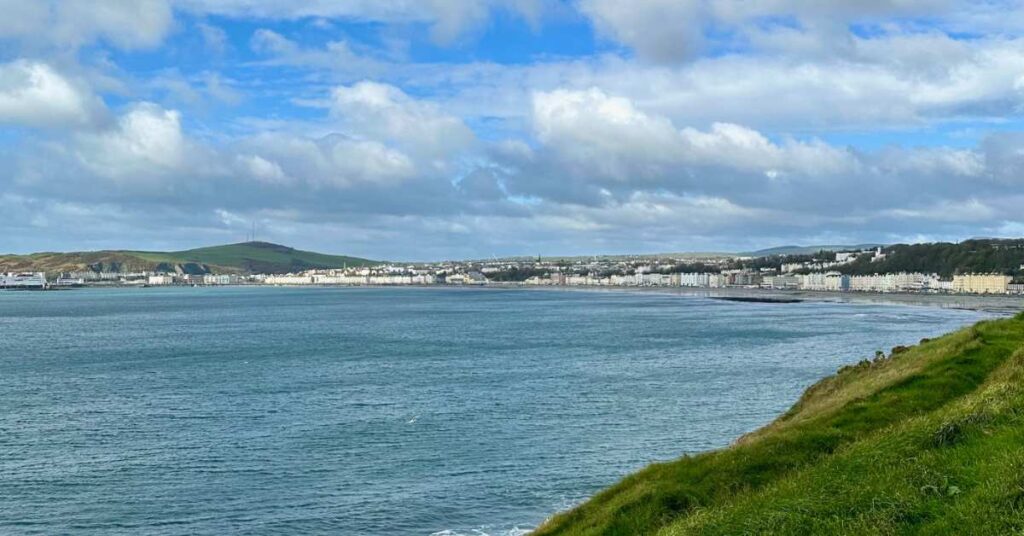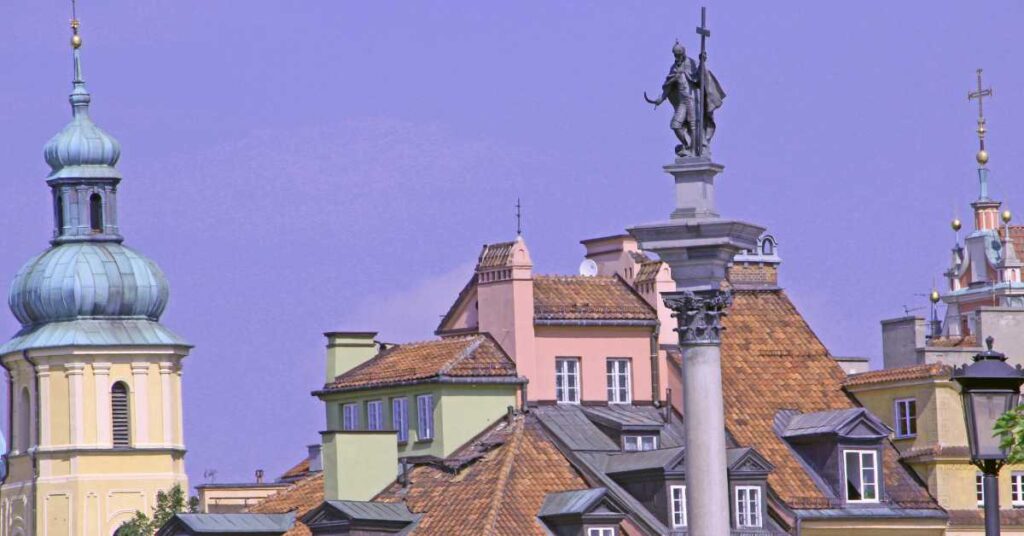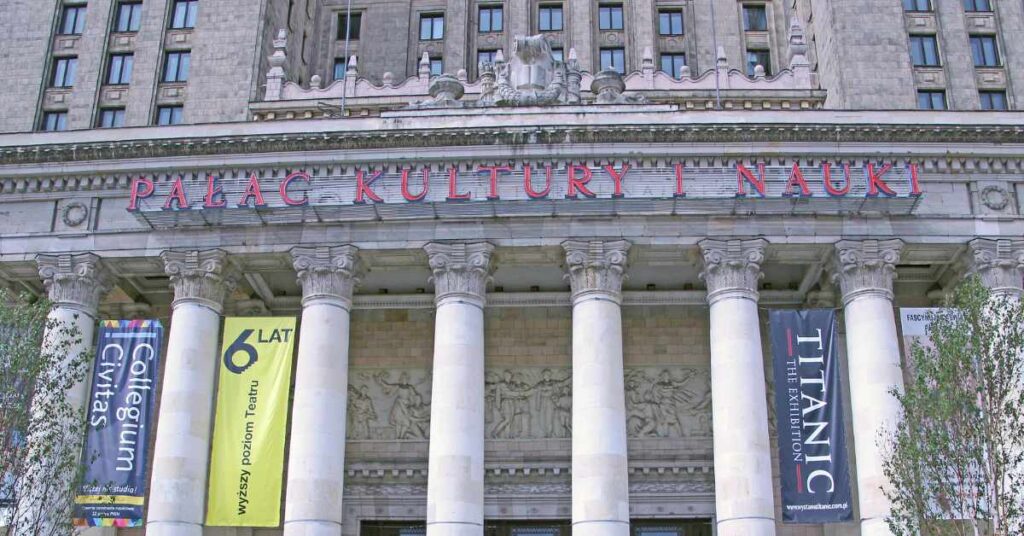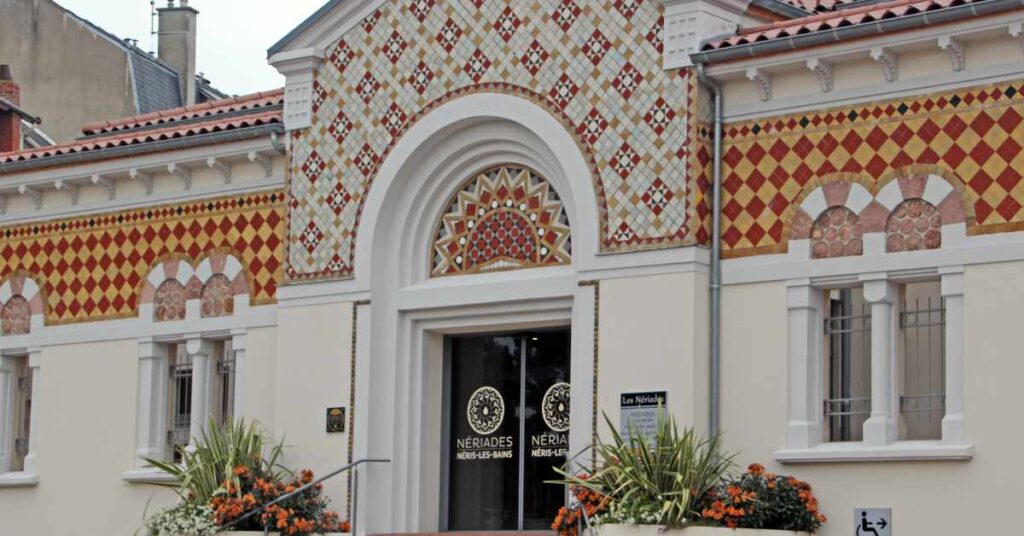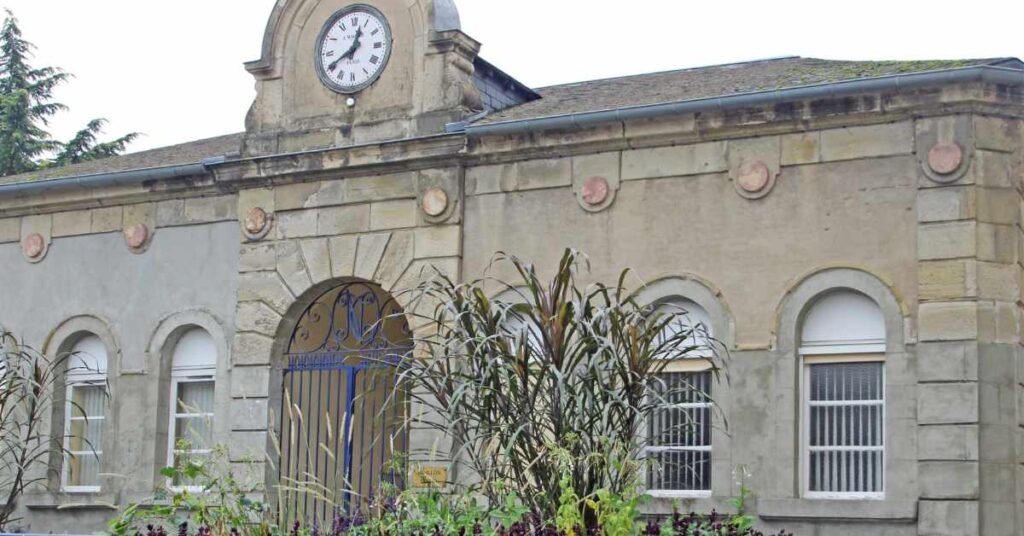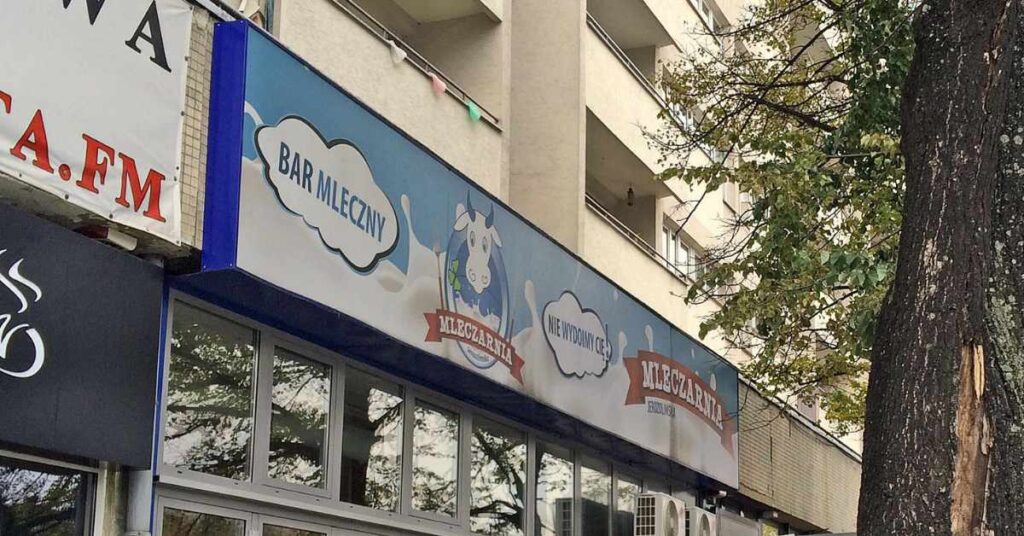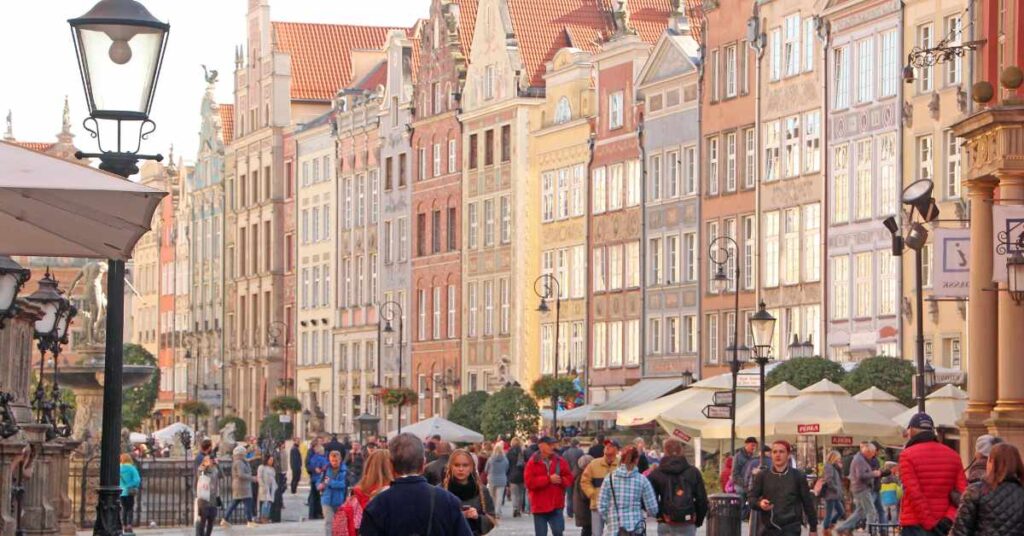Getting Acquainted with One Family Root – Isle of Man
Getting Acquainted with One Family Root – Isle of Man I’ve never much gotten into searching for my roots but have nearly always been aware of Isle of Man because even as kids we knew that an ancestor came from there, in the 1700s, it’s true, but to me there was still the mystique of “being Manx.” By the time I came along, our Manxness was well-diluted, but the idea remained. So, finding myself with some free time during a stay in Ireland, I decided to take the short flight to Isle of Man and finally connect with the old turf. BBC Online cited Isle of Man as a place to go in 2025, with gorgeous scenery, self-guided and guided walks, and a density of ancient sites to explore. Committed stewardship is important to maintaining this beauty: the entire island and its surrounding waters have been designated a UNESCO Biosphere, for its natural beauty, stewardship, and rich cultural heritage. I’d like to do some of that walking and exploring, but in April 2024, I just wanted to see what I could on a weekend, sort of a get-acquainted trip. And although not searching for roots, I did want to learn more about our Manx family. To Town from the Airport – by Bus. When I got to Ronaldsway Airport after the half-hour flight from Dublin, I went looking for a taxi. None showed up, and I heard people say that it would be unlikely for a taxi to just appear. So, I piled on the next bus with the other Dublin arrivals, including a group coming for a fun weekend – they had clearly started having “fun” back in Dublin. As to bus stops in town, our driver wasn’t very talkative, but a grizzled regular rider knew where all the hotel stops were, so he announced enthusiastically to us plane passengers when we each got to ours. The bus stopped in front of my hotel, and it was so easy to manage that I bused back to the airport after my weekend. I stayed at the re-done Halvard Hotel on Douglas Promenade. The promenade is a couple of miles long, with blocks of Victorian facades that look a lot alike. So, if you choose to stay along there, get to know the visual clues that tell which one is home. There are names and numbers, sure, but some of us are very visual. Douglas from across the bay, Isle of Man. When I checked in at the Halvard, the upbeat guy at reception booked me into the hotel restaurant which was serving only me and a local couple early on that off season evening. While the man talked volubly on his phone, his wife turned around 180 degrees to talk to me until her dessert arrived. The sea view was pretty. A ferry was leaving the Sea Terminal on a bright, blustery evening. Otherwise, it was quiet in the harbor. A Diversion for Some History – The Tynwald. This isn’t a civics lesson, but it’s worth taking a moment to talk about the Manx parliament, The Tynwald, which is over a thousand years old. The Tynwald website says it’s the oldest parliament in the world that has been in continuous operation. Iceland’s parliament, the Althing, is slightly older but hasn’t “operated continuously throughout its history,” they say. Every July there’s an open-air meeting of parliament on Tynwald Hill in St. John’s; Manx law requires that each Act of Tynwald must be promulgated on Tynwald Hill within eighteen months of enactment, or it ceases to have effect. So, there’s that to do, then take petitions for redress, and complete other business. It’s a serious and festive affair with much color and pageantry. The rest of the time, Tynwald meets indoors in Douglas. First task: Getting to Know You, Isle of Man – Driving Around the Island with Guide Jane I knew that I wanted to see Maughold, from where my best information says our ancestor departed for North America. Then, I wanted to see some towns and historic sights. I got in touch with Jane, a local guide, who said that in half a day, we could drive around the north of the island, visit Maughold and Ramsey, then cross over to Peel, with frequent stops. We’d drive within sight of Snaefell and along part of the TT [motorcycle] Races route, too. Jane’s knowledge of Manx families and history also promised that I would learn a lot. The Great Laxey Wheel Laxey River by the woolen mill Laxey Woolen Mills King Orry’s Grave, Laxey King Orry’s Tomb Site, Laxey Laxey – A Big Wheel, a Woolen Mill, and an Old Tomb. The Great Laxey Wheel is Isle of Man’s most iconic landmark and the world’s largest working water wheel. At 72 feet and six inches in diameter (about 22 meters), it represents an extraordinary feat of Victorian engineering – it had to be big to pump flood water from the 2,200-foot deep, 4,000-foot long (about 671 meters deep and 1220 meters long) Great Laxey Mine. There’s a lot to see, including from a viewing platform 95 spiral steps up, and underground tours in season. It started to rain, sparing me the 95 steps. The wheel is a marvel, but to me the real story was the mining on the island, about which I knew nothing. The Great Laxey Mine, sunk in 1780, produced zinc, lead, and copper. At its height, the mine produced half of Britain’s zinc ore output. Accidents and miner deaths were common. The Great Laxey Mine closed in 1929, ending mining on the island. Laxey Woolen Mills was founded in 1881 to promote and preserve the weaving of traditional Manx tweed and worsted. The mill still operates and is the only mill in the world weaving genuine Manx Loaghtan cloth and tweed in pure undyed Manx wool. This visit was interesting for its social and industrial history, as well as its lovely location by the Laxey River. The
Getting Acquainted with One Family Root – Isle of Man Read More »

